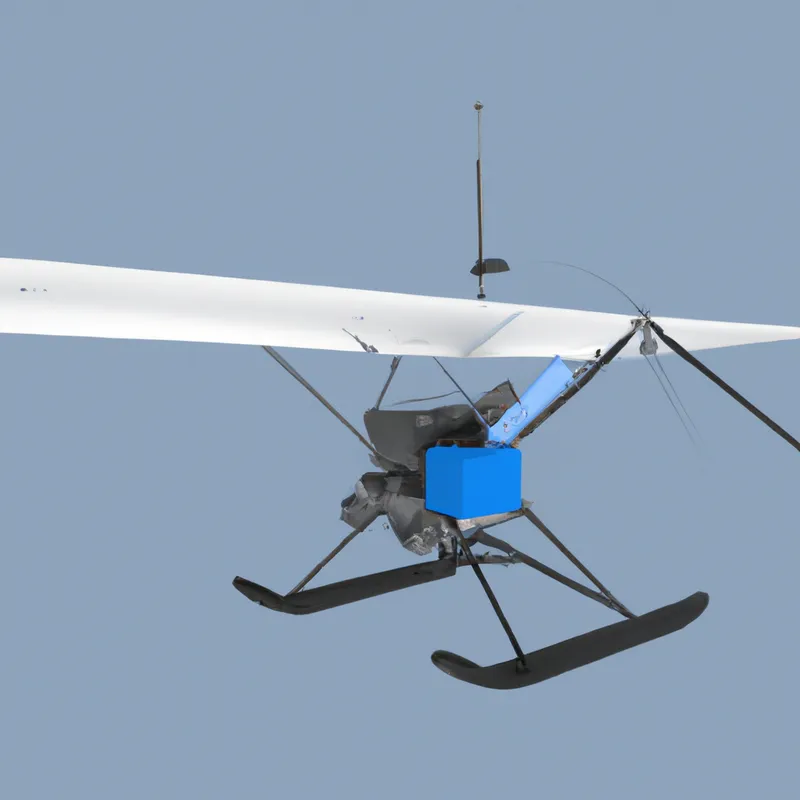Streamline Your Workflow with Aerial Imaging Tips
How to Process Aerial Images for Machine Learning
Aerial images hold great value in agriculture, urban planning, and environmental monitoring. Drones, satellites, or aircraft capture these images, offering crucial perspectives for analyzing geographical areas. Processing these images for machine learning requires a systematic approach. This guide outlines effective strategies to prepare aerial images for machine learning applications.
Understanding Aerial Image Data
You can classify aerial images into two main types: RGB (Red, Green, Blue) and multispectral. RGB images represent three color channels, mimicking human vision. Multispectral images capture data beyond visible light, including infrared and ultraviolet wavelengths. This feature makes multispectral images useful for vegetation monitoring, land cover classification, and water quality assessment.
Challenges in Aerial Image Processing
Processing aerial images presents unique challenges. Variability in lighting, shadows, and atmospheric conditions complicates analysis. Noise and sensor distortions may obscure important features. Therefore, applying the right techniques enhances image quality and ensures reliable data.
Tips for Processing Aerial Images
Follow these steps for effective preparation of aerial images for machine learning.
1. Preprocessing the Images
Begin with preprocessing to improve image quality. This step mitigates noise, shadows, and distortions. Use techniques like Gaussian filters for noise reduction, histogram equalization for contrast enhancement, and image sharpening. Refining images highlights essential features for your analysis.
2. Image Segmentation
Next, apply image segmentation to divide images into meaningful segments. Effective segmentation isolates specific areas of interest. Use algorithms like K-means clustering or watershed segmentation to identify patterns and group similar pixels. Isolating objects such as buildings, roads, or vegetation helps focus on relevant features.
3. Data Augmentation
Data augmentation expands your dataset by creating variations of existing images. Use methods like rotation, flipping, scaling, and color adjustments. This technique helps your machine learning model generalize better, reducing overfitting and providing diverse training samples. It enhances your model’s robustness, especially with limited datasets.
Advice for Feature Extraction
Feature extraction identifies relevant patterns and characteristics in your images. Consider these strategies:
1. Use Convolutional Neural Networks (CNNs)
Convolutional Neural Networks (CNNs) specialize in image processing, effectively identifying patterns.
Conclusion
This guide provided strategies to process aerial images for machine learning. Implement these techniques to maximize the potential of your data.
Below are related products based on this post:
FAQ
What types of aerial images are commonly used in machine learning?
Aerial images can be classified into two main types: RGB (Red, Green, Blue) images, which mimic human vision, and multispectral images, which capture data beyond visible light, including infrared and ultraviolet wavelengths. Multispectral images are particularly useful for applications like vegetation monitoring and land cover classification.
What are some common challenges in processing aerial images?
Processing aerial images involves challenges such as variability in lighting, shadows, and atmospheric conditions. Additionally, noise and sensor distortions can obscure important features, which necessitates the application of specific techniques to enhance image quality and ensure reliable data analysis.
How can data augmentation improve machine learning models using aerial images?
Data augmentation helps expand your dataset by creating variations of existing images through methods like rotation, flipping, scaling, and color adjustments. This technique enhances the robustness of machine learning models by reducing overfitting and providing diverse training samples, which is particularly beneficial when working with limited datasets.















Post Comment